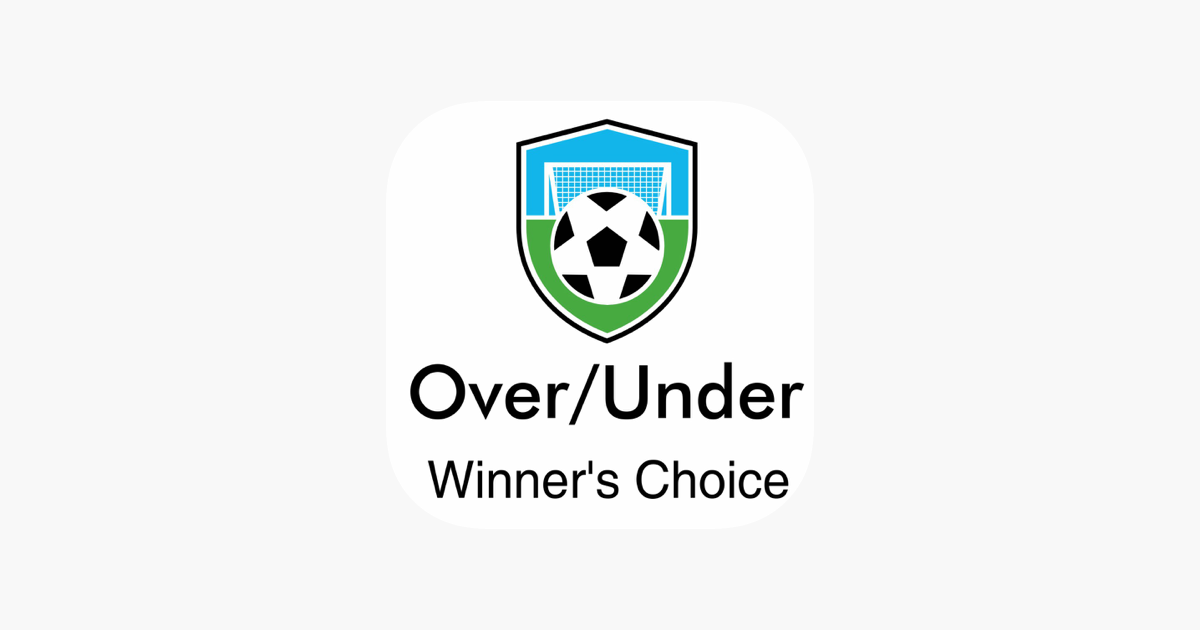What does OT mean? Over/Under? H+/H-?
What is this gibberish! We explain it all to you and especially how to make the right choices for your sports betting!
Let’s start with the notion of overtime or regulation time. The problem that often arises in betting communication is the use of formulas in English that are not offered in French on bookmakers.
- OT = Over Time = Results including extra time
- RT = Real Time = Results without extensions
When we use the abbreviation “OT”, we mean “OverTime”. OverTime” means: “extra time”. Very often this notation is not used by the bookmakers and it can be found in the form: “overtime included”.
The same applies to 1N2

In betting, when you want to play a basketball prediction without overtime, you often use the term “RT” for “Real Time”.
On the bookmakers, this means playing the “match result” category. The odds are higher in these cases, but in case of a draw, your bet loses.
Although it is sometimes tempting to play RT to get higher odds, this is a method that is hardly ever used.
First of all, because you can never be sure of a team that gets off to a bad start and gradually builds up pressure to draw and win the game in extra time. 90% of the time, it is strongly advised to play your bets in OT.
Of course the odds are lower but in the long run, this will avoid many surprises, especially in NBA or Hockey where draws are quite regular.
However, for those who play more, here are a few more tips to make sure you make the right choice in your OT/RT.
Three elements to take into account: the game’s favourite, the place (home/away), the difference between the RT and OT odds:
If the difference does not exceed 0.1 it is not really interesting to risk playing RT.
A home team is more likely to win if the game goes to overtime. The games are high pressure and the crowd can help to make the difference in this hot moment. So if you have decided to play the away team, it is not silly to stay in RT.
The same goes for a team that is heavily favoured on paper. Sometimes you want to play an underdog that you think is better in the game and can start off hot. If the game goes to OT, there’s a good chance it will be a win for the favorite team. Why not play RT the underdog team.
Handicaps in sports betting are often a real headache. Especially in the NBA! But what is a “handicap”?
It’s often referred to as “H+” or “H-“, and no, it’s not the invention of a new blood type but the translation of “the team wins by xx points or more” or “the team doesn’t lose or loses by xx or more”. But you tell me, how do you find your way around? How to choose them? And above all, is it really advantageous?
So far, everything seems logical

When you think you want to play an underdog, you can secure your bet a little more with an H+. However, check beforehand that it is worth it and that the odds remain value. If the H+ is only 1 or 2 and it lowers your odds by 0.3 not sure it is such a good choice.
Finally, do some in-depth statistical analysis, check everything you think is interesting to take into account. Not just the last few matches. You have to take into account the way this team plays in the last quarter if the game is close, the absences, the opposite. This requires a lot of analysis for sometimes little results.
